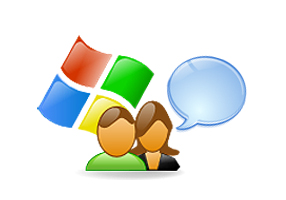WCF stands for Windows Communication Foundation. It is a part of the .NET Framework 3.0 and was formerly known as Indigo . It provides a unified programming model for building service-oriented applications that communicate across the web and the enterprise.
The global acceptance of Web services, which includes standard protocols for application-to-application communication, has changed software development. Nowadays, Web services also provide security, distributed transaction coordination, and reliable communication. Windows Communication Foundation is developed to offer an organized approach to distributed computing, broad interoperability, and direct support for service orientation.
WCF simplifies development of connected applications with the help of a new service-oriented programming structure. WCF has typed programming model which is called service model. It includes features of ASP.NET web services, .Net Framework remoting, and Enterprise Services. It has serialization facilities which enable loose coupling and versioning. WCF provides integration and interoperability with existing distributed technologies like Message Queuing (MSMQ), COM+, Web Service Enhancements (WSE) and many others.
WCF Advantages:
- Support for multiple protocols (TCP/IP, HTTP, PIPE, MSMQ etc.)
- Out of IIS hosting i.e. in managed windows applications, a windows service, and WAS (Windows Process Activation Service)
- Event Customization such as Initialization / Start / End / Error etc.


